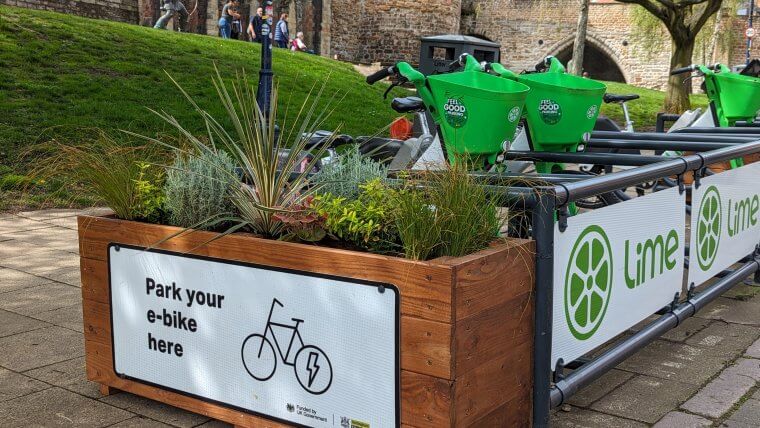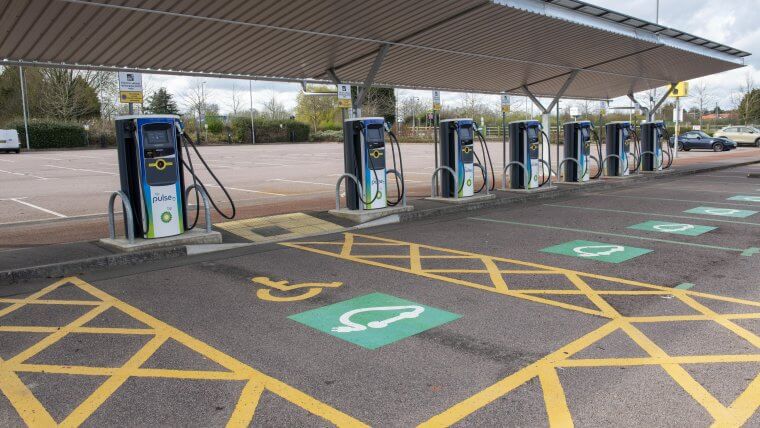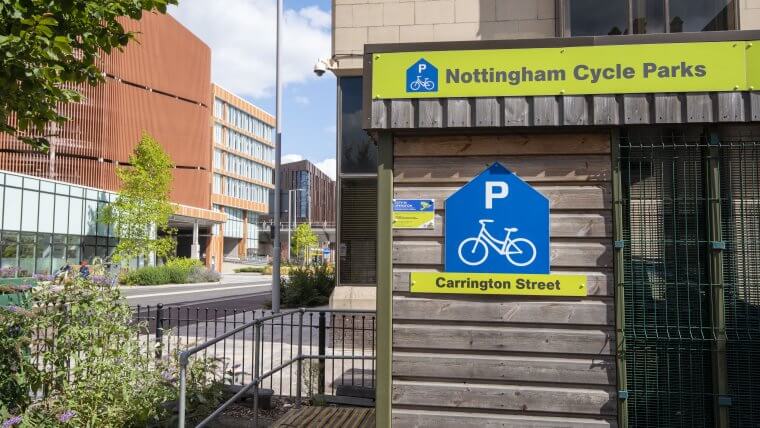6 July
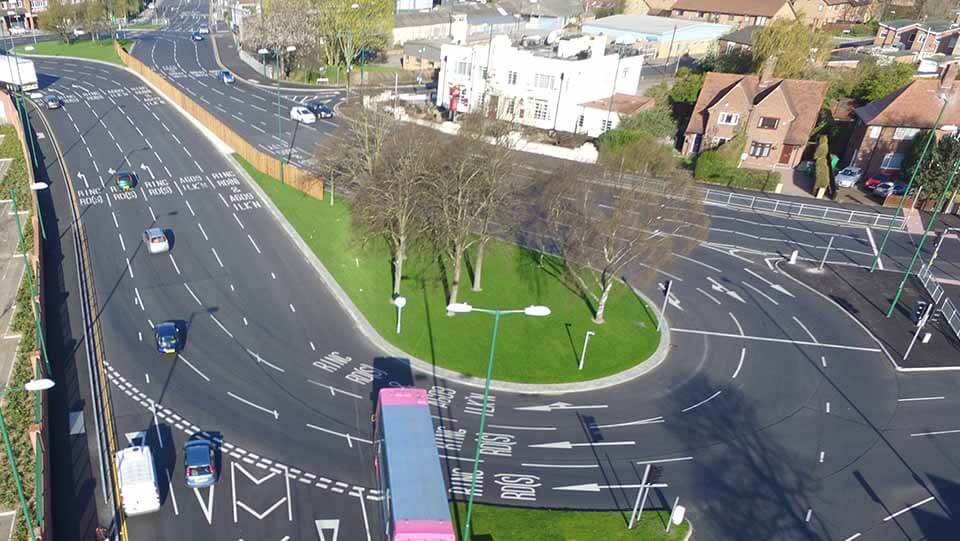
Imagine you’re in charge of keeping Nottingham moving and a gas company tells you they urgently need to close half of one of your busiest roundabouts for five days to repair a gas leak.
That’s what the City Council’s network management team were faced with back in May when Cadent Gas alerted them to the problem on the corner of Wollaton Road and Radford Bridge Road. It could mean the removal of two lanes of traffic from Crown Island – a major junction on Nottingham’s ring road used by 74,000 vehicles a day.
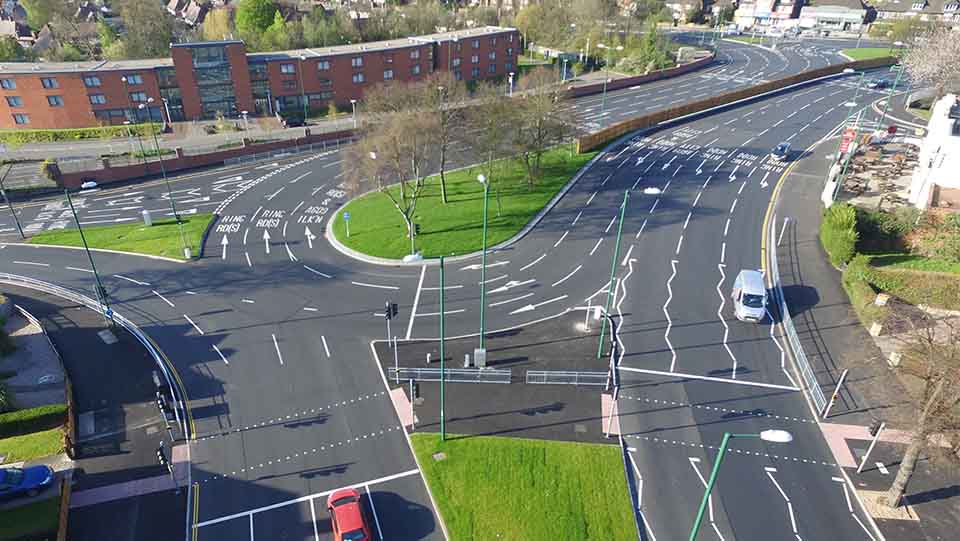
Another option was to close Radford Bridge Road – but that would leave 600 properties inaccessible by road.
These are the sorts of logistical headaches that the council’s network management team face every day and try to find solutions which allow vital work to be carried out on the road network in ways which cause the least possible disruption to motorists.
Senior Traffic Officer, Andy Poxon explains: “This was a tricky one, without an obvious answer – the gas works cannot be completed overnight, when traffic disruption would be lower. At first we tried to complete the works off peak, and at weekends, but as soon as we started to put out the lane restrictions it was obvious that the impact on traffic – and in particular the QMC would be too severe.
“We couldn’t lose two lanes on Crown Island as this would have drastic implications for the rest of the city. But at the same time we couldn’t leave 600 homes without access for the best part of a week. Cadent Gas approached us, and together we worked on a solution.”
This involved:
- Removing bollards from a shared footpath and cycle lane beneath a railway bridge so cars could use it
- Arranging for the works to start the day after bin collection as bin lorries were too big to use the new route, so residents wouldn’t be left with rubbish piling up
- Liaising with the local pub so their deliveries wouldn’t be affected
- Arranging for the Local Link bus service to use a smaller vehicle during the works so it could use the new route.
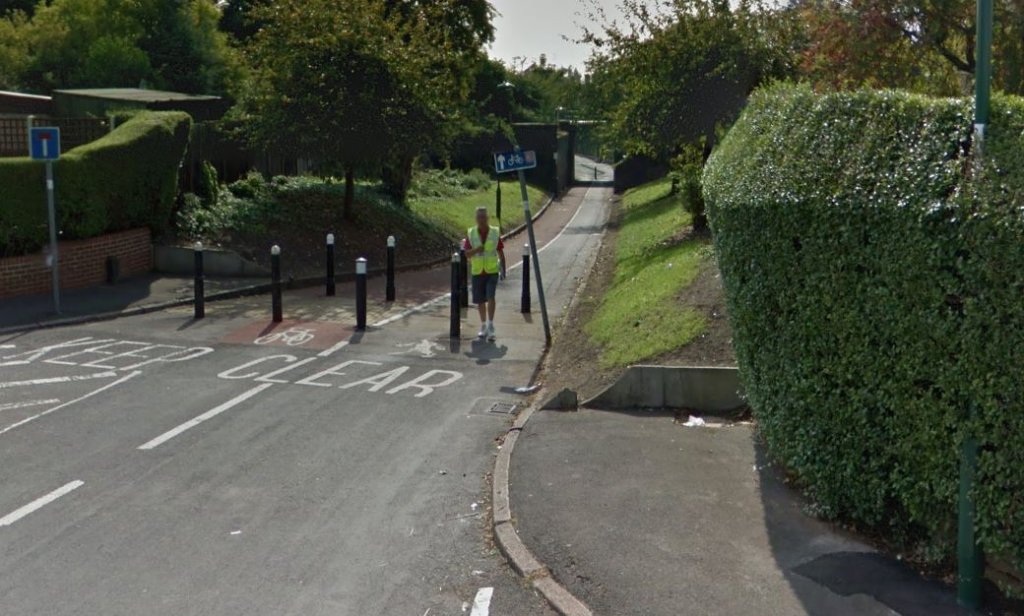
Councillor Dave Liversidge, Portfolio Holder for Transport said: “Our aim is to ensure that work is done to a high standard, and in a timely manner – but life doesn’t stop while works take place, and keeping Nottingham moving is also a key priority.
“We use a variety of means to reduce the impact of works on traffic – but whenever roads need to be dug up, there are knock-on effects.
“If teams work overnight to reduce the impact on traffic, then residents may understandably complain about noise. If we work outside of rush-hour, then the job takes longer to finish, and more time is lost setting up and removing cones.
“It’s a judgement call, and our network management team do a fantastic job of weighing up all the options before any work takes place.”
More on how our Network Management team help keep Nottingham moving.


